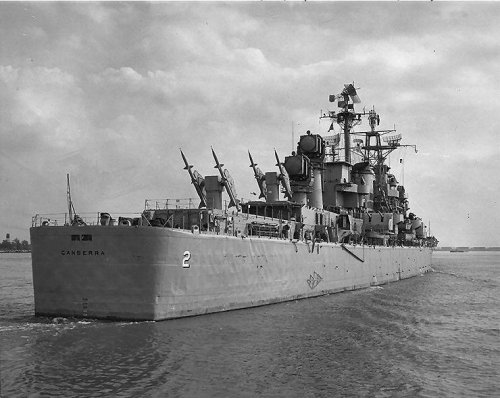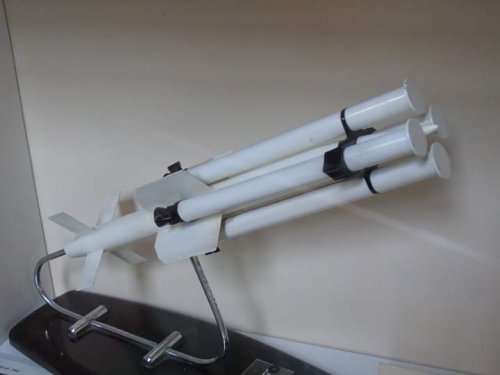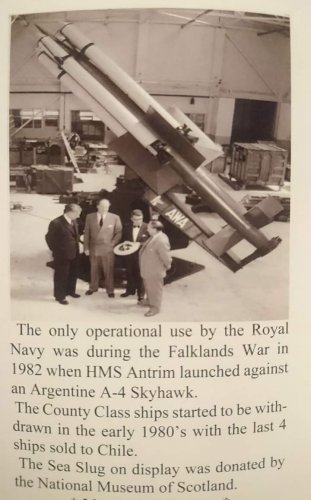On quick check it seems we don't have a thread on Sea Slug and it's development.
Often people mention a inline boosted option instead of the wrap around boosters.
Yet I seem to recall that there were worries over rocket gases causing problems with the beam rider guidance.
Would be nice to know if there's anything more on this weapon. Beyond BSP series that is....
Often people mention a inline boosted option instead of the wrap around boosters.
Yet I seem to recall that there were worries over rocket gases causing problems with the beam rider guidance.
Would be nice to know if there's anything more on this weapon. Beyond BSP series that is....




